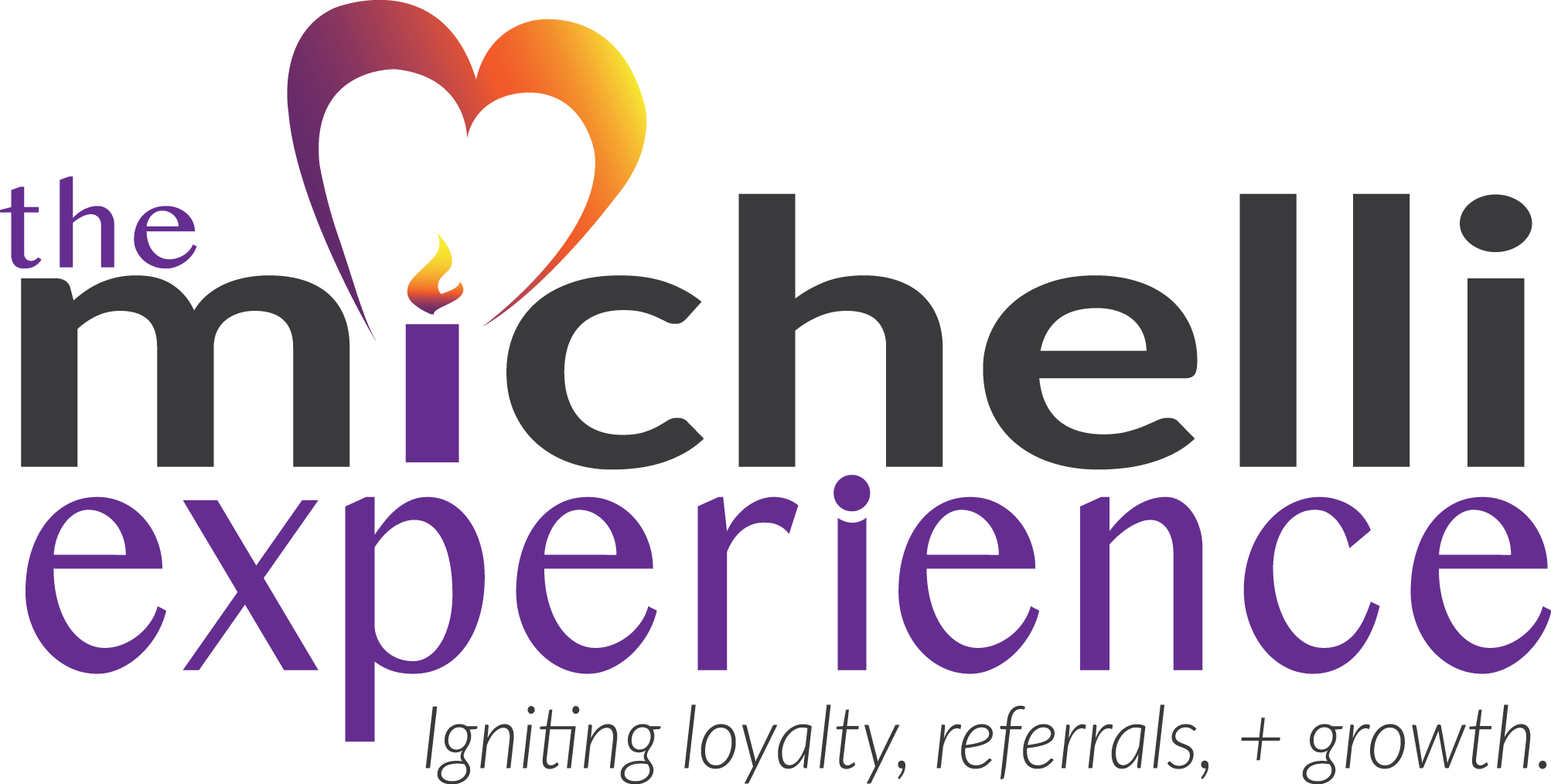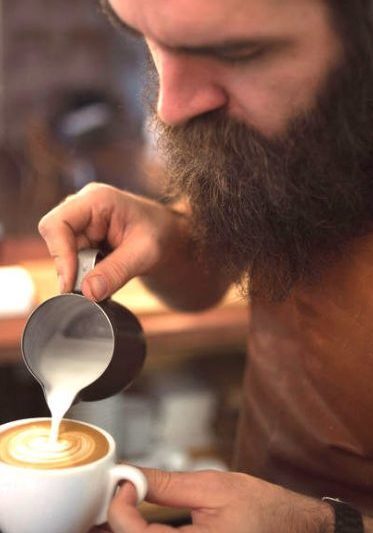When the Greek philosopher Sophocles said, “success is dependent on effort,” he wasn’t thinking about 21st-century customer experiences. Today, in a consumer context, Sophocles might have said:
“Customer success should require minimal customer effort!
In last week’s newsletter, I offered a rationale for asking customers about the effort they exert to get their needs met (e.g., Gartner reports 94% of customers with low-effort interactions intend to repurchase compared with 4% of those experiencing high effort.) I also shared an example of the original customer effort question crafted by the US Corporate Executive Board in 2008.
This week let’s shift to 3 tips that will help you get the most out of asking customers about their effort.
1) There are optimal times in a customer’s journey to ask about customers about effort.
These include:
- During user interface (UI) or user experience (UX) testing – as part of product development
- After you onboard a new customer
- Immediately after an interaction that results in a purchase
- Following a service-related contact
2) Craft a specific and personal customer effort question.
Rather than asking the clunky CES question researched in 2008, you will drive response rates by focusing your question on a specific customer action such as:
How easy was it to resolve your service needs during your call today?
Better yet, humanize the question by asking:
How easy did our service technician, John, make it for you to get your need met?
3) Look for passive and active effort to guide process improvement.
Not all effort is created equal and understanding the nature of the effort can help identify and prioritize solutions.
Active customer effort requires customers to take action due to poorly designed processes or policies. Active effort demands might come in the form of:
- Occasional Effort – This usually is a moment of pain, in an otherwise well-designed process.
- Repeated Effort – Unlike occasional effort, these opportunities are friction-filled processes that customers routinely face (e.g. repeating themselves to multiple team members due to ineffective communication or technology platforms).
- Industry Accepted Effort – These customer challenges are commonly tolerated in your industry. In my book, Leading the Starbucks Way, I share how leaders removed typical quick service restaurant (QSR) customer effort by focusing on a mobile payment solution.
Passive customer effort occurs when customers must exert mental effort due to operational inefficiency or poor design.
- Cognitive Demand – This occurs when it’s difficult for customers to get their needs met because instructions are unclear or customers face too many choices.
- Wait Times – Instead of getting needs met promptly, customers exert must exert effort to remain patient.
Hopefully, reading this article didn’t require too much energy because you’ll need your stamina to reduce your customers’ effort!
To learn more about our team, please visit josephmichelli.com. To speak to me about your CX journey, please go to josephmichelli.com/contact.

Joseph A. Michelli, Ph.D. is a professional speaker and chief experience officer at The Michelli Experience. A New York Times #1 bestselling author, Dr. Michelli and his team consult with some of the world’s best customer experience companies.
Follow on Twitter: @josephmichelli



